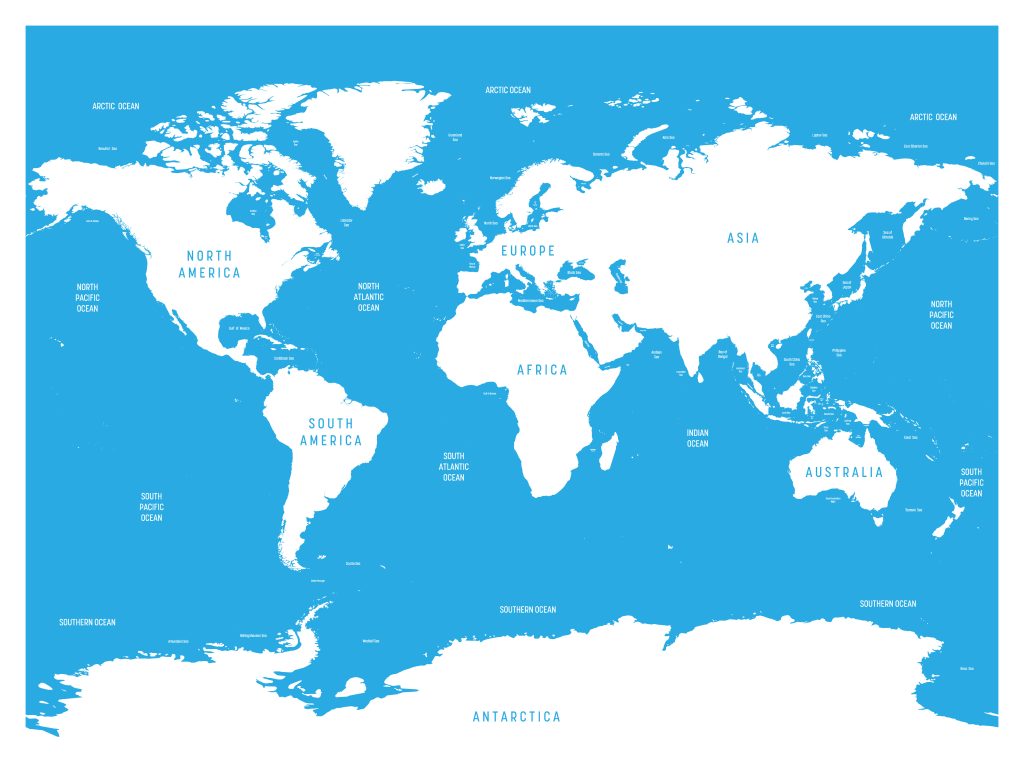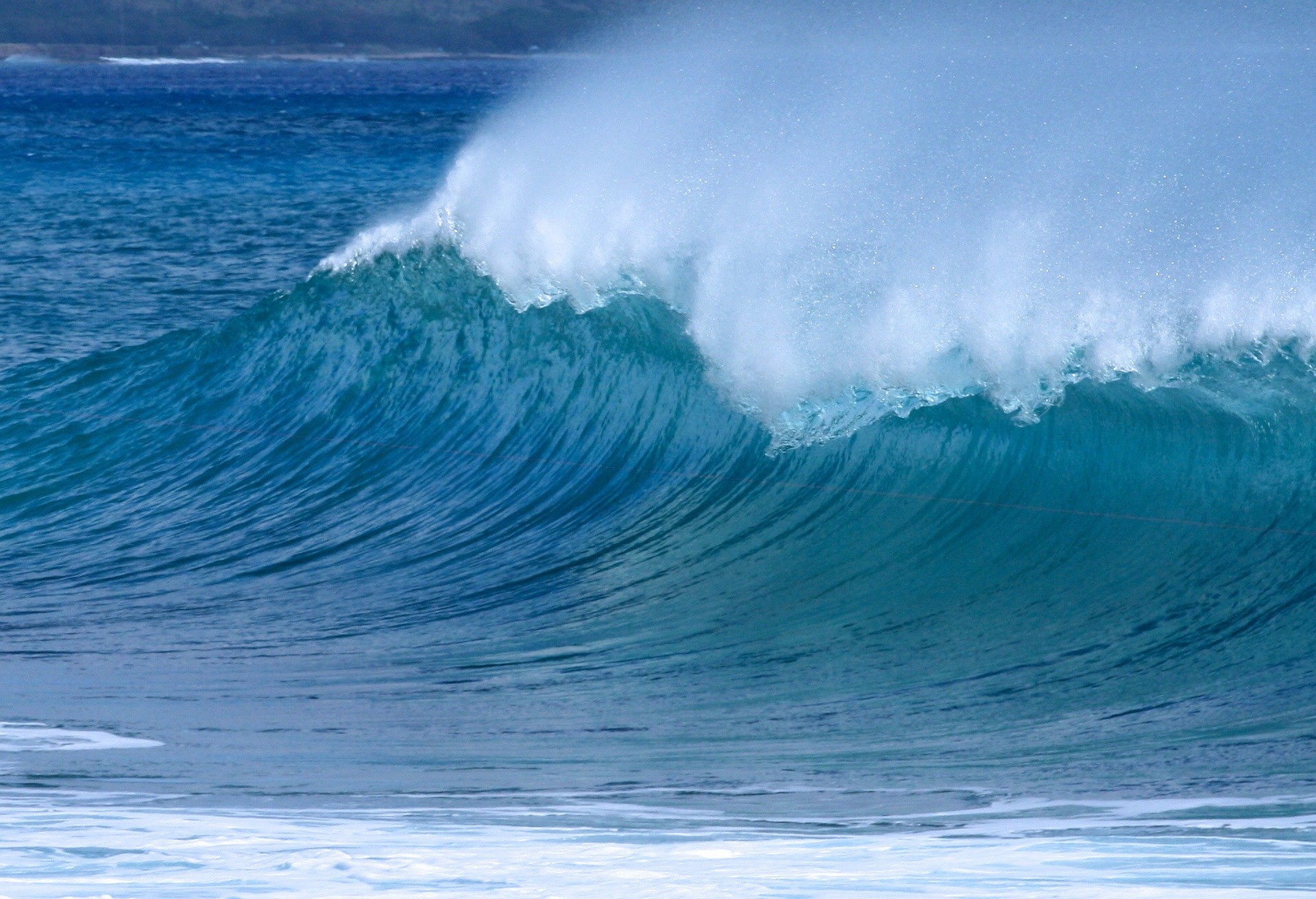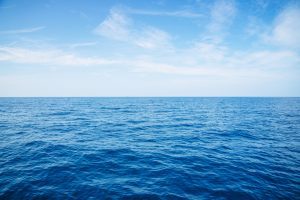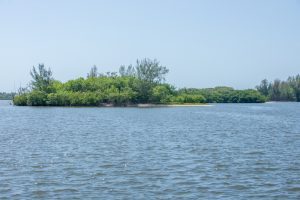There are 5 oceans in the world. These are the Atlantic, Arctic, Pacific, Indian, and the Southern Ocean. Combined, these 5 oceans cover more than 70% of our planet.

Largely unexplored, oceans have always been a matter of mystery. But today, we know more about these oceans than we ever did. Here’s what you need to know about them.
Table of Contents
1. Atlantic Ocean
The Atlantic covers more than 20% of the Planet. It is separated into the North Atlantic and the South Atlantic. The North Atlantic is the mass between North America on the West and Europe and North Africa in the East.
It is the main transit route for ships leaving to and from Europe to North America.
The South Atlantic is the water mass between South America and Southern Africa. It is a historic route used by the first colonists sailing from Europe to India around Africa.
2. Arctic Ocean
The Arctic Ocean is the smallest of the world’s 5 oceans. It is also the coldest ocean as it surrounds the North Pole. This is one of the most remote oceans and the only ships that travel here are mostly ice breakers.
3. Pacific Ocean
The Pacific Ocean is the largest and deepest ocean in the world. Since it impresses with its depths, it is also a place for exploration apart from offering a direct historic trade route between Asia and Australia on one side and North or South America on the other side.
The ocean is also home to the deepest point in the world. The Mariana Trench found here measures over 35.000 feet in depth.
4. Indian Ocean
The Indian Ocean is the 3rd largest in the world. It stretches from the shores of Africa to India and further to Australia. This is one of the busiest open water areas as a popular commercial trade route.
Goods manufactured in China are normally shipped on the Indian Ocean towards Africa and the rest of the world.
5. Southern Ocean
The Southern Ocean is the world’s most unexplored ocean. It stretches from the Southern tip of South America, South Africa, and Australia to the South Pole and around Antarctica.
For the year, scientists argued over its status. Many did not see it as an independent ocean and they calculated it as part of the Atlantic and the Pacific.
But the Southern Ocean is still independent according to official data.
All of these oceans are connected and while independent, ships can travel from one place to another. But they are also very distinct as temperature and salinity impact the fish species living in these waters.
Historically speaking, the Atlantic has the most important role as it was the first ocean to see large-scale explorers travel its waters.
It’s also the uncharted ocean these explorers set off to find new routes to India to discover America. But these oceans are also home to many islands that are either independent states or territories of other countries.

















